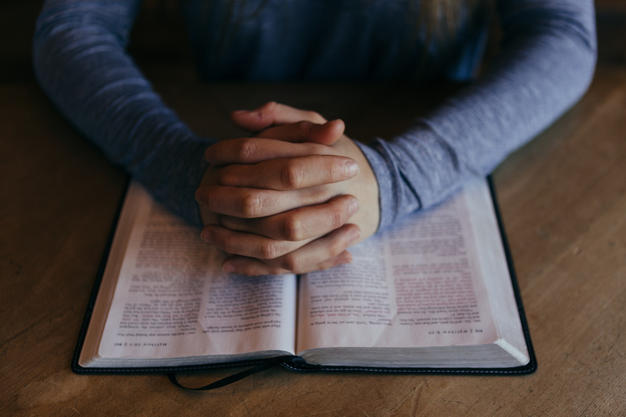The Bible, The Scriptures, The Word. These are common phrases we hear in Christian circles. But what really is the Bible?
The solid foundation of Christianity is Jesus Christ Himself. However, it is the Bible that enables us to stand on that foundation. The Bible is an object we can see, touch, read and listen too. It has many names but usually it is referred to as “The Holy Scriptures”, “The Word of God”, but most commonly, “The Bible”.
The Bible is not one book but a collection of 66 books that were written by numerous people over a period of approximately 3000 years. Authors were such people as kings, shepherds, priests, butlers, prophets, fishermen, tax-collectors, doctors, lawyers, carpenters and a tent-maker. However, all of the writings in the Bible are inspired by the Holy Spirit of God.
Paul, the tent-maker – and early church leader – wrote,
“All Scripture is inspired by God and is useful to teach us what is true and to make us realize what is wrong in our lives. It corrects us when we are wrong and teaches us to do what is right.” (2 Timothy 3:16)
There are two parts to the Bible: “The Old Testament” and “The New Testament”. The Old Testament is the collection of books written before Jesus came, and the New Testament is the collection written after Jesus came. The Old Testament consists of 39 books of history, poetry, and prophesy, while the New Testament consists of 27 books of history and letters written to both churches and individuals. The first four books of the New Testament are historical eyewitness accounts of the life of Jesus, called The Gospels. Four different people wrote them at four different times shortly after Jesus’ resurrection.
So, how do you read the Bible?
It is important for all Christians to know, or be in the process of getting to know, what their Bible says. It’s like an instruction manual of how to live as a Christian.
David the king of Israel wrote in one of his many poems:
“Your word is a lamp to guide my feet and a light for my path.” (Psalm 119:105)
Without reading your Bible regularly, you are like someone walking down a path in the dark.
There are literally thousands of different translations of the Bible. Find yourself an easy one to read in every-day English. My suggestions are either the New Living Translation (NLT), the New International Version (NIV), The Message Version (MSG), or the New King James (NKJV). They are basic English and easier to understand than most. And you can easily access any of these on the free app called Youversion.
To start at the beginning and read the entire Bible from cover to cover is like running a marathon. It is a great achievement, but you need super-human stamina to achieve it. The books of the Bible are not in chronological order, so you can start anywhere and then move to anywhere.
It is great to have a reading plan to follow as it helps you keep disciplined with your reading. There’s plenty of options on the Youversion app.
Or, you can ask Holy Spirit to guide you to which book He’d like you to read. He may want to show you something amazing. Don’t read too much in one sitting. The Bible is to be digested and if you take small bites, chew on them and slowly swallow what you are learning, you will get a lot more out of it. Have a notepad and pencil with you. You can underline Scriptures that mean something to you, and you can jot yourself a note to reflect on for the next time you sit and read.
Let’s start now.
Start with the Gospel of John chapter 1, verse 1, and read down to verse 14.
Pray to God that He will speak to you, and ask yourself…
What comes to mind when you read these verses?
Who is this passage of the Bible talking about?
What does this mean for you living in the 21st century?

